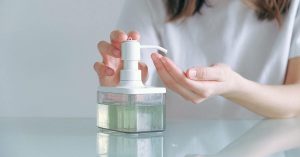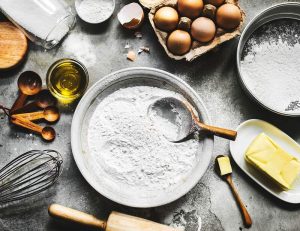
Ethyl Alcohol: A Defendant against Covid-19
Ethyl Alcohol, ethanol, or commonly known as rubbing alcohol is an effective disinfectant in the fight against COVID-19 when used appropriate amounts. Learn more about the different types of sanitizer formulations here!






